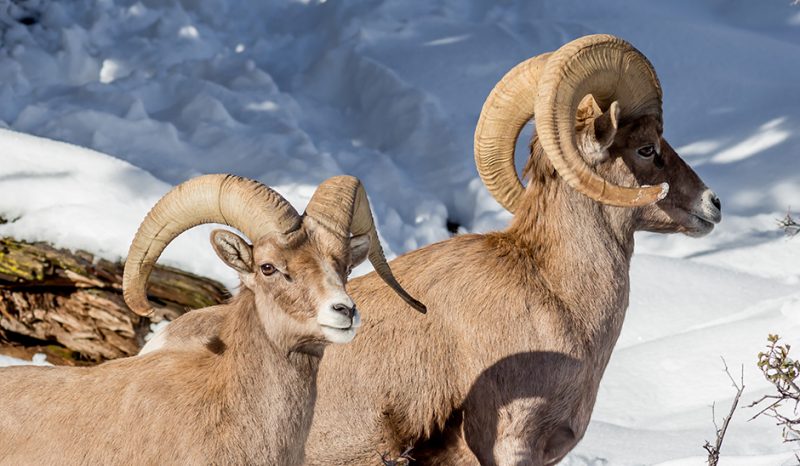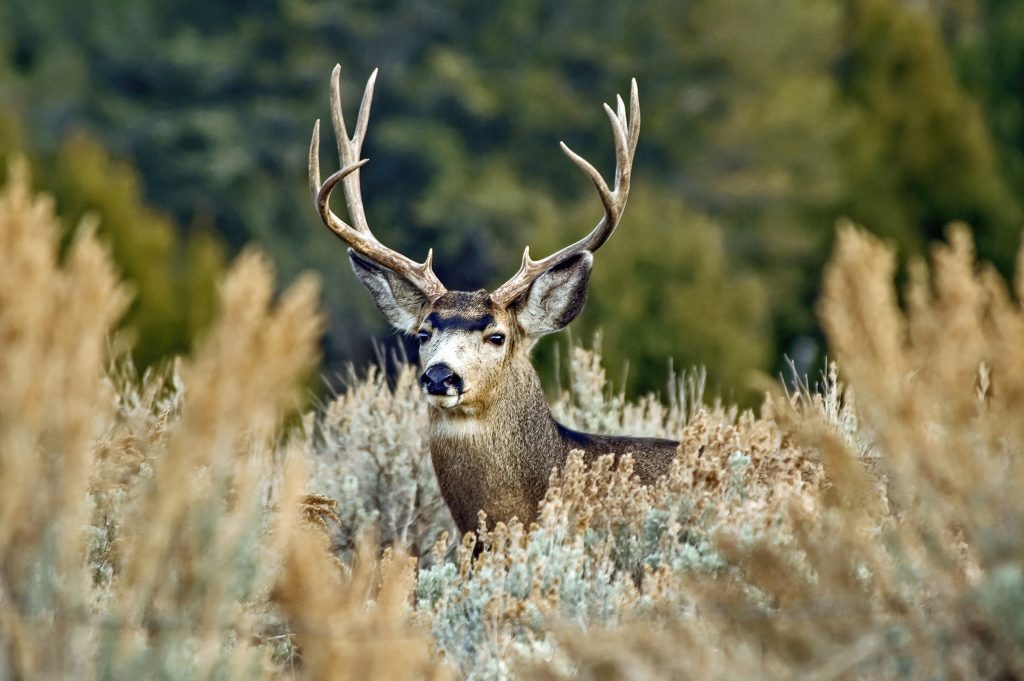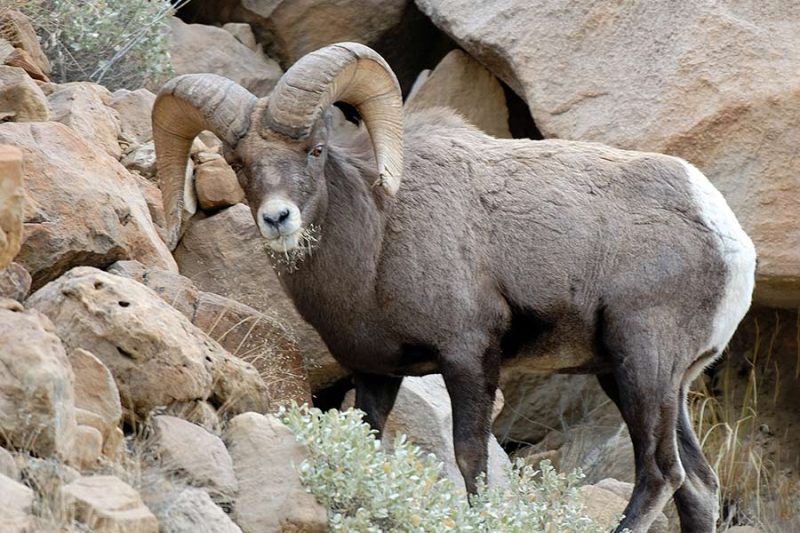Nevada Has a Serious Issue
Nevada’s mule deer and bighorn sheep populations are facing a dire situation. The state has witnessed a decline in numbers due to successive droughts, severe winters, and widespread disease. The effects of erratic weather conditions have taken a toll on these animals. Cody Schroeder, a biologist with the Nevada Department of Wildlife, expresses concern about the current situation.
Mule Deer
The impact of the deep snowpack has been devastating for mule deer. Regions like the Snake River Basin, the Carson River Basin, and Southern Nevada’s Spring Mountains have experienced an unusually high median snowpack, preventing foraging for both high and low-elevation ranges. Presently, there are approximately 68,000 mule deer in the state, the lowest number in almost fifty years. In the 1990s, Nevada boasted around 200,000 mule deer, highlighting the extent of the decline. Winter surveys revealed a loss of 40% to 50% in fawns, and adult mule deer, especially in the Ruby Mountains, are also suffering, with a 50% decline in population in Elko County alone.
Bighorn Sheep
Bighorn sheep are also experiencing a sharp decline, with the current population estimated to be around 7,100, down from 10,000 just a few years ago. This decline can be attributed to various factors such as drought, habitat loss, and disease outbreaks within herds. The severe summers in Southern Nevada have left bighorn sheep desperately searching for water, leading to fatalities due to dehydration.
Tag Reductions
These declining populations have repercussions for hunters as well. The upcoming season will see a significant reduction in tags issued for both bighorn rams and mule deer, limiting hunting opportunities. Only 234 bighorn ram tags will be issued, down from the average of 300, marking the largest single-year drop. Mule deer tags will also see a 40% reduction compared to 2022, with less than 11,000 tags available.
What Does This Mean?
If these populations fail to stabilize and increase, this trend of decreasing hunting opportunities could become an annual occurrence. Mike Cox, a biologist with the Nevada Department of Wildlife, emphasizes that while some small recoveries may happen, mule deer and bighorn sheep will continue to suffer.
The decline of mule deer and bighorn sheep should concern us all. These animals hold great ecological and cultural significance, and their dwindling numbers reflect the fragile balance of our ecosystems. As stewards of the environment, it is crucial that we understand the impacts of climate change, habitat loss, and disease outbreaks on wildlife populations.
To read more about the effects of continuous subdividing read The Nevada Independent’s story.

















